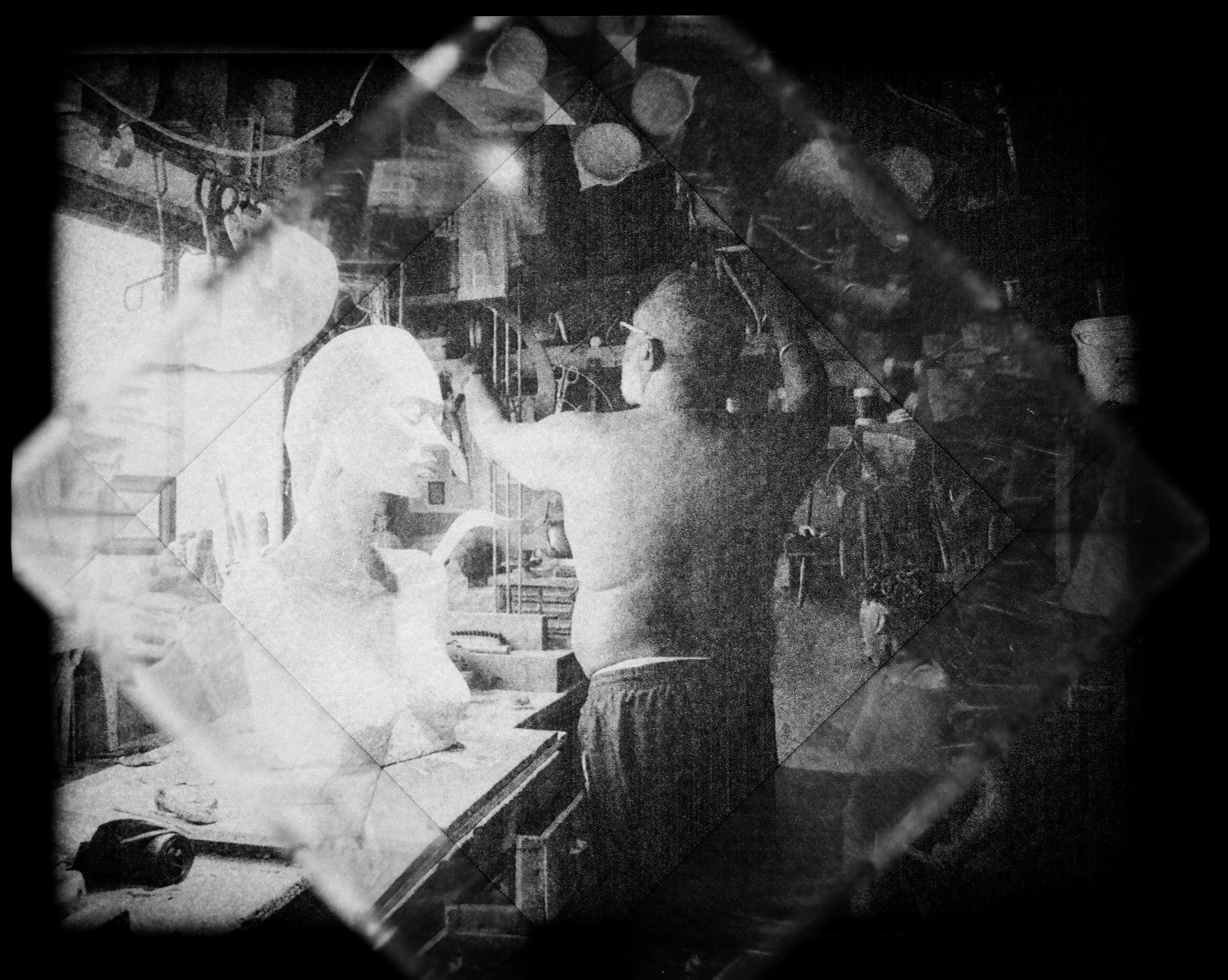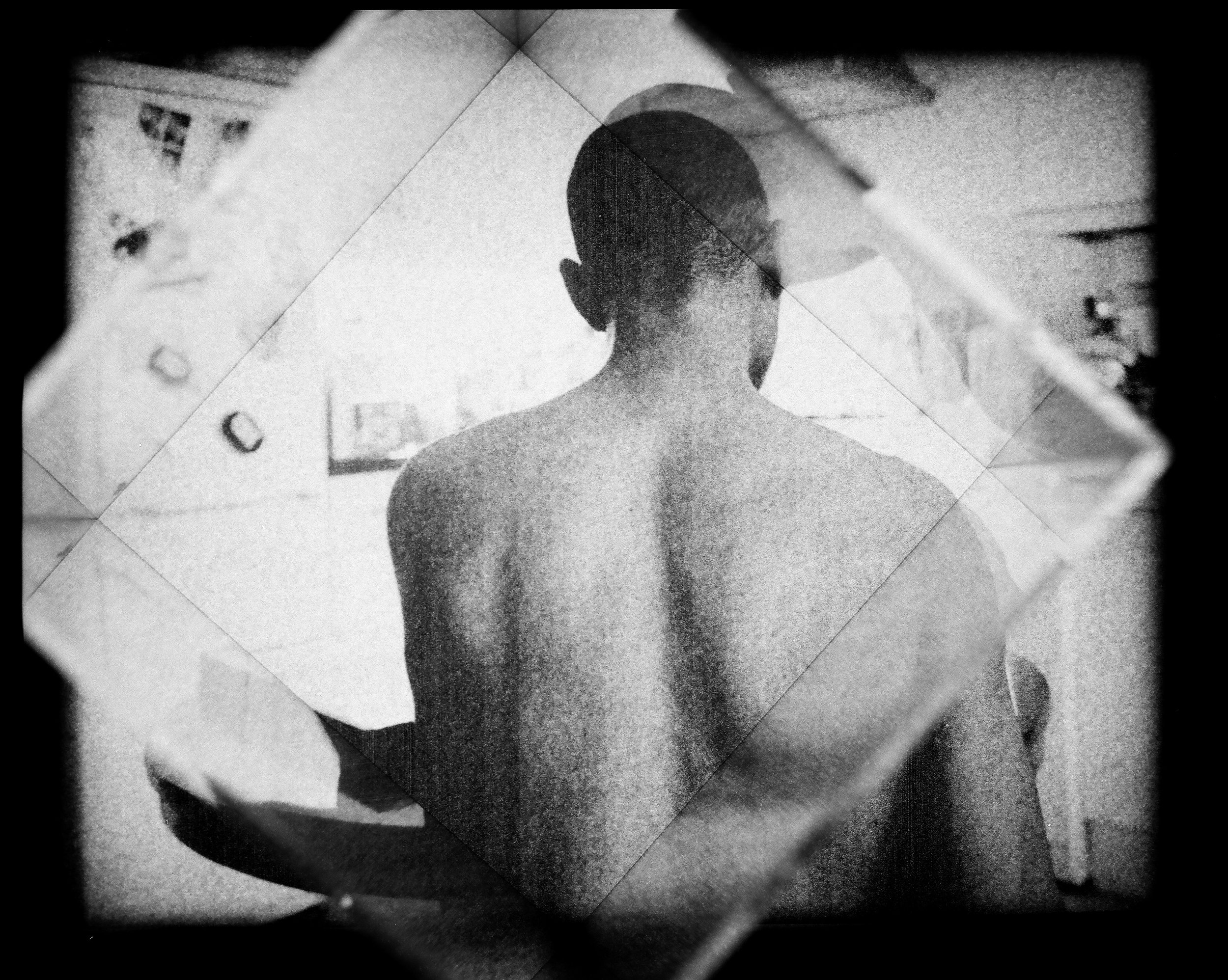



The backs of black men
The series was prompted by the remembrance of an overheard conversation about the shape of black male bodies. I couldn’t quite understand why this discussion was happening or why it stuck in my memory. It happened during a visit to an outdoor market, carrying bags of food in both hands, which was beginning to get heavy and tiresome. I am not particularly athletic or strong. A man directly behind was saying. “Look at his back. Broad shoulders, strong, typical of black men’s backs that are shaped this way because of slavery.” What I think he meant to say was due to the demand for strong bodies needed to be worked in the plantations, the bodies chosen - I mean sold – had developed in some sort of speeded-up 150-year evolutionary timespan into, as a typical example, me. Due to slavery, I had gained these above normal physical strengths – hence the indirect reference to the shopping bags. It didn’t make sense and I didn’t turn around to see who was speaking. But somewhere deep in my mind, this vignette remained. Two things were to happen many years later that coincided with this memory. Firstly, I was to read the book: ‘The Book of Training by Colonel Hap Thompson of Roanoke, VA.’ Written by my favorite writer, Percival Everett, it is a guidebook for the buying, training, and penalizing of slaves from the Master’s perspective. Secondly, in a series of slides about the beginnings of visual anthropology, my colleague introduced the watercolour paintings by John White of indigenous peoples of the Americas in a place named Roanoke. But John White was there primarily as a colonialist. What I wanted to do was to picture black men’s backs but these men are extraordinarily talented in their skills and crafts. The strong backs of black men produce remarkable work in 2-D, 3-D, 4-D and language.